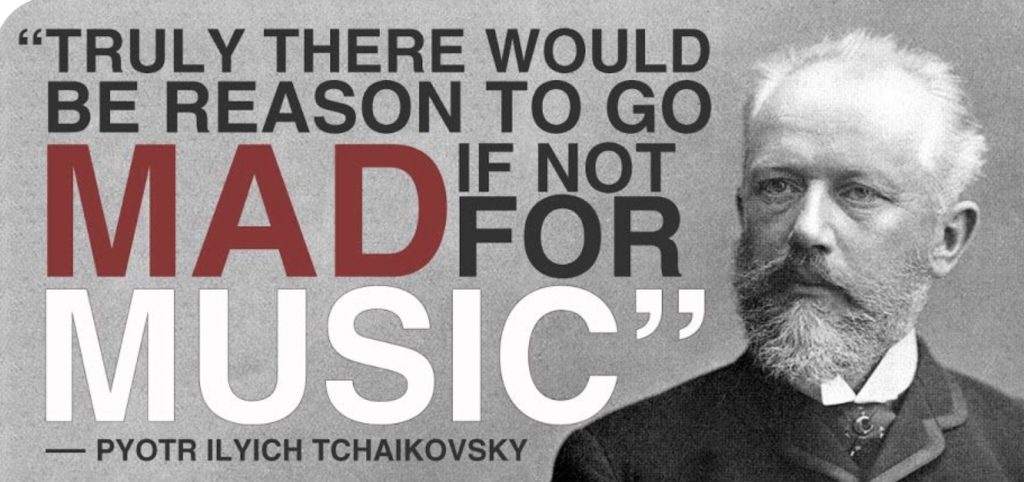Take a Break and Listen.
‘I really enjoyed listening to Beethoven’s 5th Symphony… it really calmed me down… it was a nice break from work.’ Olivia Yr 5/6.
Thank you to everyone for joining in with music online you have lifted my spirits with your responses. I’m so happy that you are enjoying freedom in your imagination and a sense of wonder by engaging with new experiences.
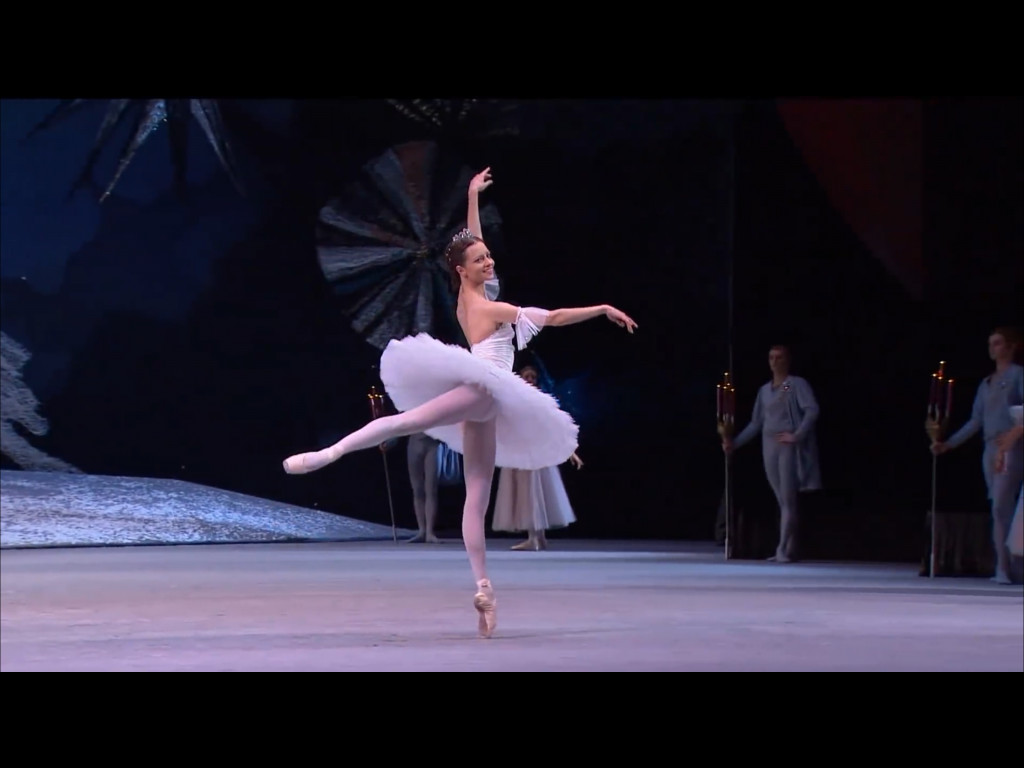
We watched a performance of the ‘Dance of the Sugar Plum Fairy’ 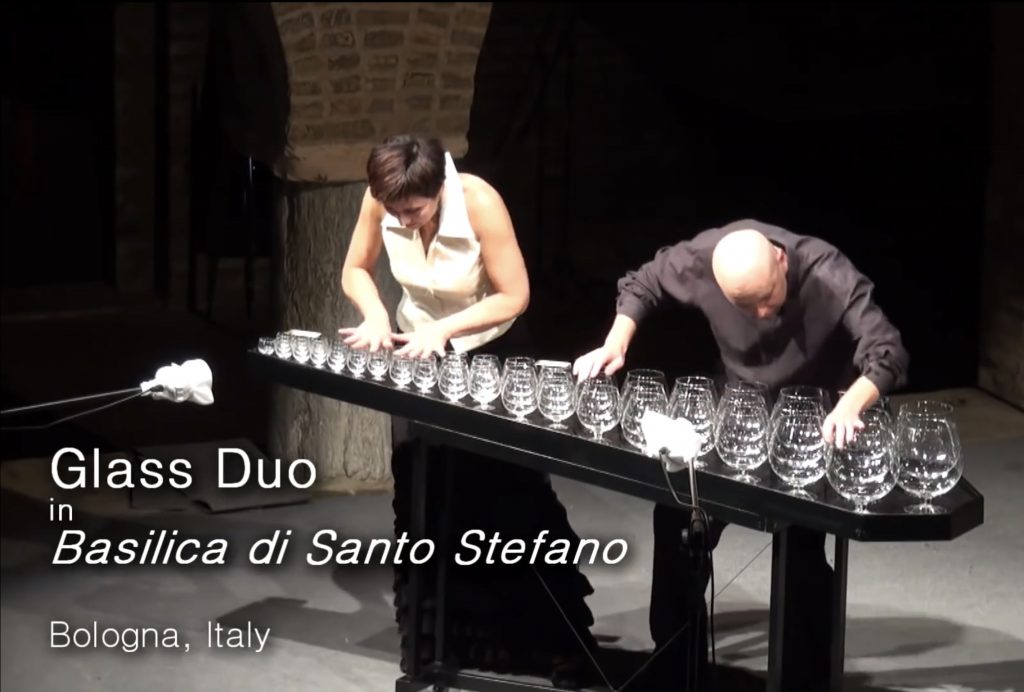
Orchestral Muisc performed on the
Glass Harp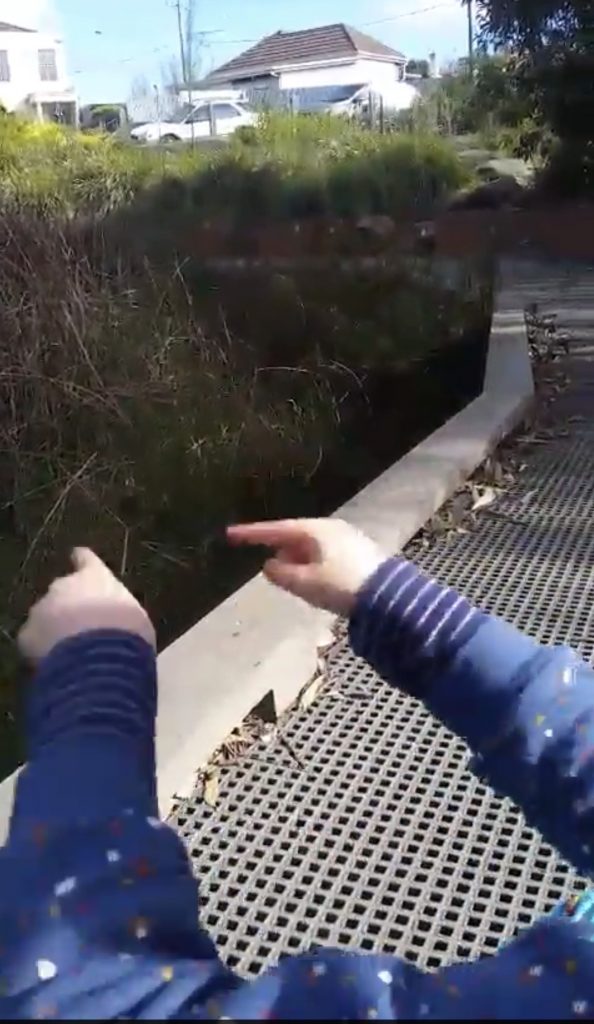
Nina conducted the frogs on her ‘Listening Walk’
The Junior School has been exploring rhymes and sounds. We have looked at how rhyme contributes structure to songs, and students had a go at writing their own lyrics to the tune of ‘Mary Had a Little Lamb’. Of course, no 2 responses were alike, and the lyrics were very inventive and often had a clever twist of humour.
This week the Junior students have gone out on a ‘Listening Walk’. It’s very important not to talk when you go for a ‘Listening Walk’. I loved the way that students not only listed the sounds they heard, but that they also described the sounds, or performed the sounds with their voices. Some students mentioned how certain sounds made them feel. Nina from Prep, conducted a chorus of frogs on her ‘Listening Walk’! Other students described sounds that they could hear from their window, or sounds in the room where they were sitting. Aeroplanes in the sky have a long continuous sound that gets louder over head, and pigeons cooing has a beat to their sound.
Loup, from Yr 2, created a ‘Guess the Sound’ Game. The game was presented as a video: you would hear the sound first, and then you would see a video to show what the sound was and how it was made. Congratulations Loup, it’s a lot of fun guessing what the sounds are.
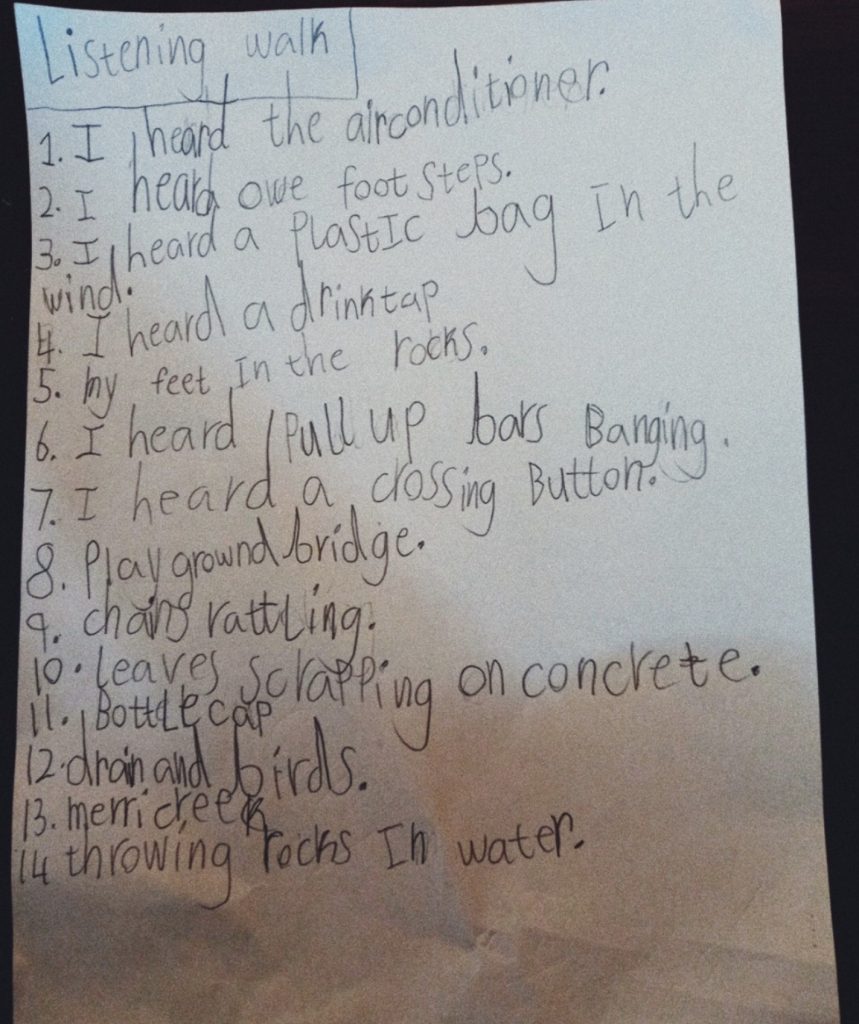
Loup’s sound list for her
sound guessing game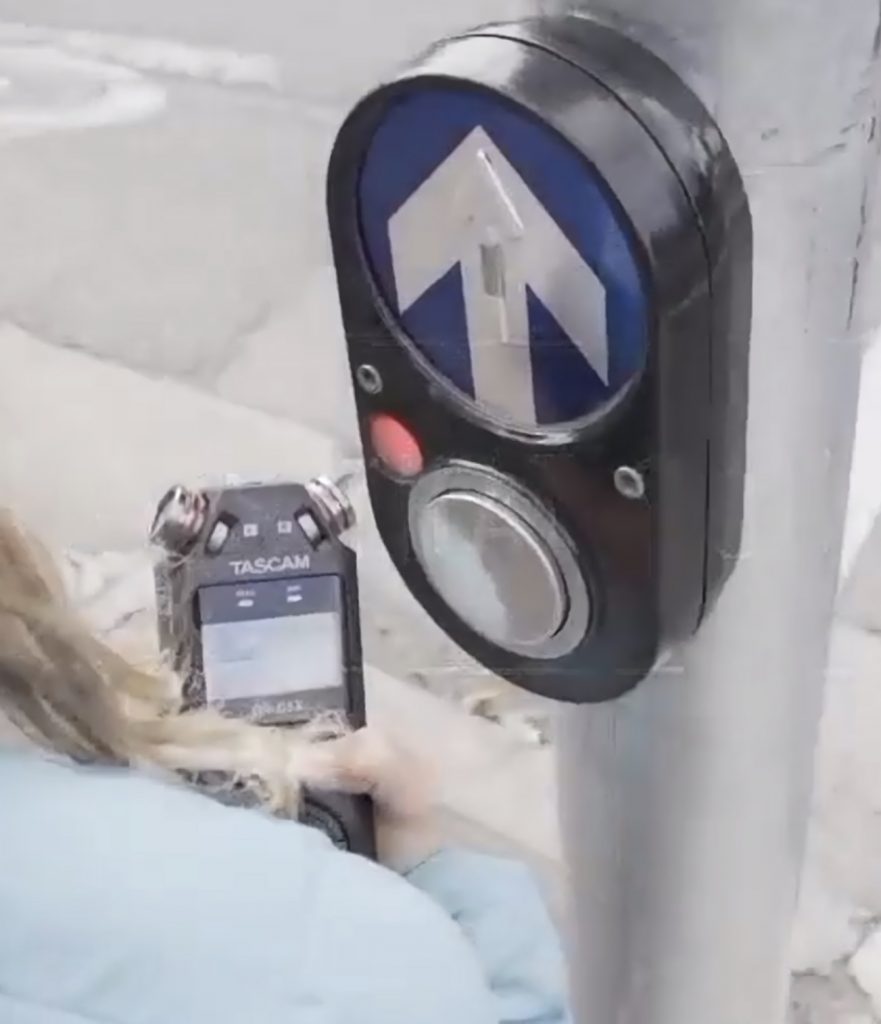
Recording the sound of the
crossing signal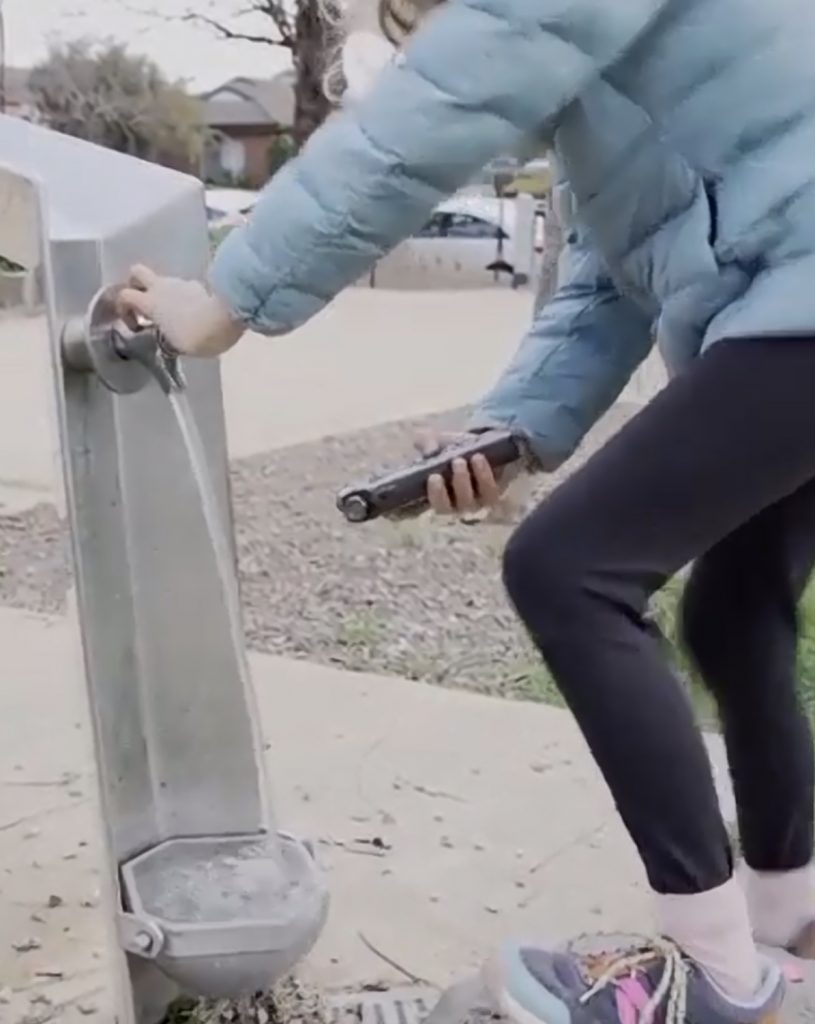
Recording the sound of the
dog water fountain
I have really enjoyed creating listening activities for the the Yrs 3 – 6 students. During this lockdown we have been plunging into famous orchestral works. There are so many snippets of the classical music that we hear popping up in anything from the children’s show ‘Bluey’, to block-buster movies and advertising, and we wonder where they came from. One such fragment is the opening chords of Beethoven’s 5th Symphony. Students enjoyed a brief journey to Vienna to learn a little about the life and times of Beethoven. We watched a performance with the Australian Chamber Orchestra and went tobogganing with the ‘Line Riders’: an animation which is so in sync with every musical detail that it guides our listening experience.
‘The Line Riders was good because they made a bump if there was a dramatic sound, and if there was a long note the they would make a big gap and the rider would go flying. Now I understand all the notes and how it went.’ Kaan Yr 4.
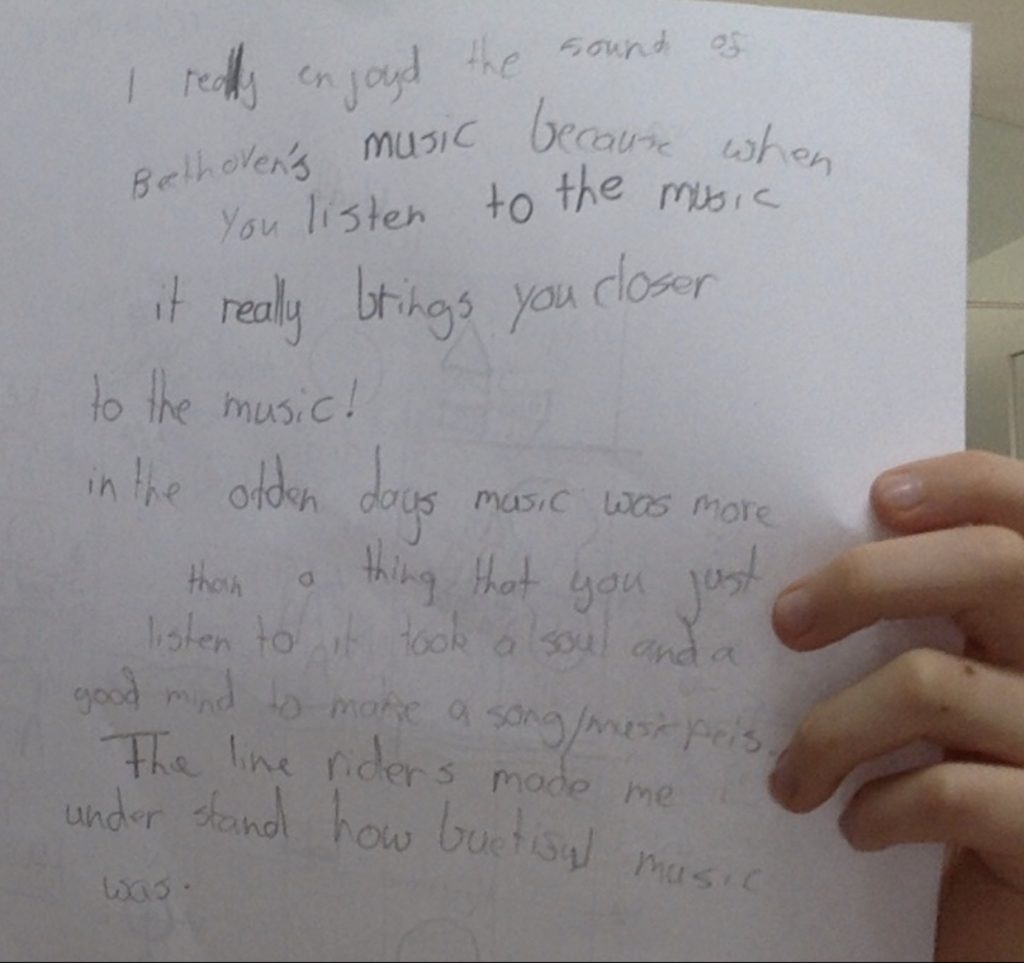
Joanna’s response,
‘It took a soul and a good mind to make a song’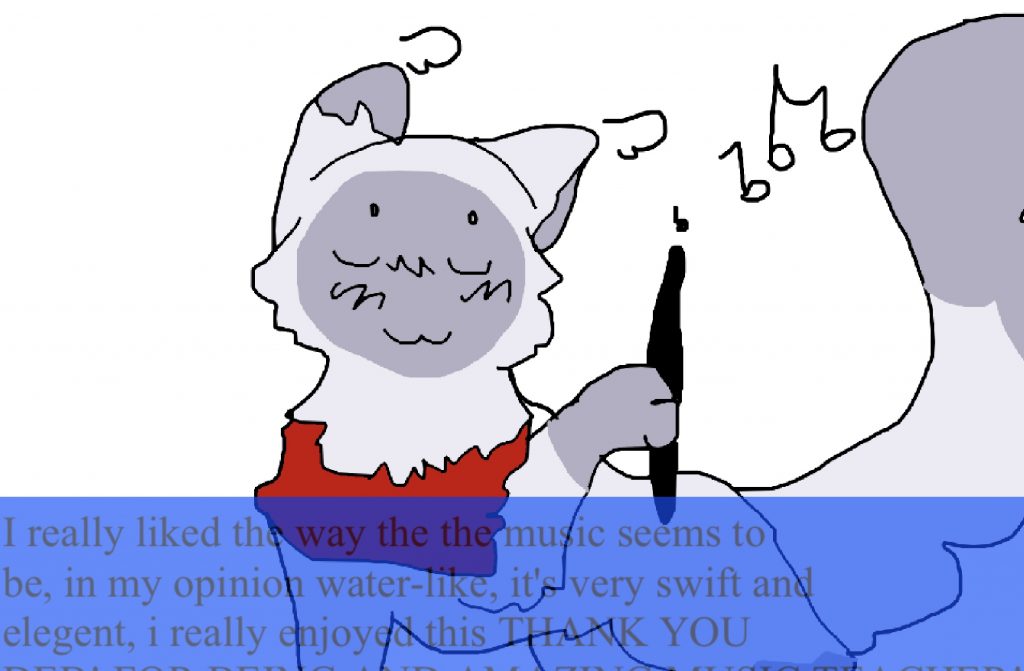
Zina’s animated response
’When I listened to this with my eyes closed, I really appreciated how complex and enchanting the song really was… it was a great sound to listen to.’ Marly Yr 5/6
Many students recognised the famous opening chords of Beethoven’s Symphony No.5, ‘Da, da, da… daaaaa’, ‘Da, da, da… daaaaa’, and they were intrigued to learn of the origins of this fragment of music. Many commented on the rich variety of orchestral sound, the differences between the period instruments being played in the ACO performance from modern day equivalents, and the stunning precision of the timing and ensemble work. They also observed how the drama of the music could be seen in the body language and the facial expressions of the performers. A big point of reflection was how easy it is for us to access music in our world today, and that in Beethoven’s life, music could only be heard live. They appreciated that the experience of hearing a symphony orchestra was not available to everyone. I also loved comments inwhich the students described how listening to this music connected them to other experiences of orchestral music in their lives, or how the symphony lured their imaginations to fly off over the back fence to another world. So good!!!
The Line Riders were such a popular ‘hit’ that they returned again in a brilliant animation of ‘The Dance of the Sugar Plum Fairy’ by Tchaikovsky. This time, we were off to Russia with front row seats at the Bolshoi Ballet, and then down to Bologna, Italy, for a performance of this music on the Glass Harp. With an additional video of Melbourne University students recording this dance during lockdown 2020, with everyone in their own living room recording themselves, there were plenty of entry points for reflection. Responses led to discussions flying off in many directions. When did ballerinas start dancing on the points of their toes, and how are their shoes made? What is a celeste, and when was the glass harp invented? Students shared their experiences of having gone to see a ballet, and commented on the interest of seeing different orchestral instruments played up close. Aliye Yr5/6 who learns violin, discussed and demonstrated different aspects of violin technique which she had observed in the video performances. Xena Yr5/6 was so inspired by the music that she created an animation of a dog with a baton that releases music into the air. Claudia Yr 4 wrote a Lockdown poem which she sang and danced to the melody of the ‘Dance of the Sugar Plum Fairy’ with Charlie Prep joining in.
I have loved how engaging with the students trough their responses has enriched my experiences of this music and lured me off into ‘rabbit holes’ to find new treasures to share.
Thank you to everyone for your time and engagement with music on-line, and thank you to all the families at home for supporting and sharing in the activities.
Happy listening everyone: Cheerio and take care🌈🍒😺Deb
